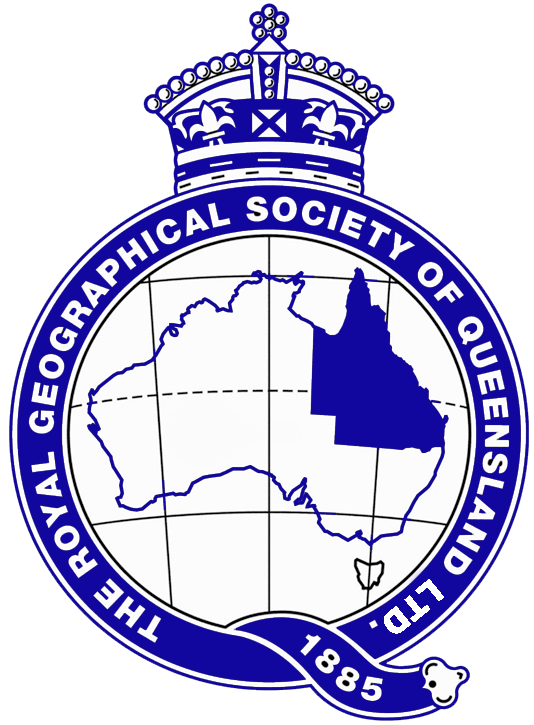Gulf of Carpentaria Scientific Study
Sweers Island and Pennefather River
This Scientific Study took place from 29 October to 8 November 2002 at Pennefather River and from 14 to 26 November at Sweers Island. View the Gulf of Carpentaria Scientific Report.
Aim
To investigate the natural resources on the west coast of Cape York at the mouth of Pennefather River, and of Sweers Island and surrounding waters; to share results across scientific disciplines during and after the study; to contribute information useful to conservation management of coastal waters and the islands within them and relevant to the needs of local inhabitants.
Location
The Gulf of Carpentaria is the largest semi-enclosed body of water in Australia. It lies within the tropical Indo-West Pacific region, a vast biogeographical zone stretching from the east coast of Africa to the islands and atolls of the western Pacific ocean. With research largely related to prawn fisheries and concentrating on the area deeper than 20 m there is a zone of coastal water up to 20 km wide along much of the Gulf coast which has received little scientific attention.
Lying entirely within the tropics, the climate is characterised by constantly high temperatures, 12 hours of daylight almost year round and a heavy, markedly seasonal annual rainfall under the influence of the monsoon. Rainfall decreases with increasing latitude and the pattern of alternating flood and drought is a dominant feature of the climate. High levels of cyclonic activity are both destructive (loss of sea grass and mangroves) and constructive with run-off from heavy rains mobilising large quantities of sediment into southern Gulf coastal habitats and recharging aquifers. One of the four major drainage systems in northern Australia, the Gulf is a shallow, large embayment formed when the brackish Lake Carpentaria was flooded between 10,000 and 6,000 years ago.
As 2002 was the bicentenary of Matthew Flinders' circumnavigation of Australia, the Society chose as its 2002 scientific study two Gulf sites, Pennefather River and Sweers Island. These were major collecting areas during Flinders' voyage in 1802.
Pennefather River, 12º14"S 141º46"E, is situated approximately 45 km, and about 1¼ hrs by road, from Weipa. It is located in an area of exposed coastline with Holocene and Pleistocene sand barriers separated by a plain comprising salt flats and saltmarshes dissected by mangrove-fringed tidal creeks. The study focussed on the northern bank of the river which has had little human modification.
Sweers Island, 17º06"S 139º37"E, is the most south-easterly of the Wellesley Group, approximately 138 km from Karumba. It became an island about 7,000 years ago and the landscape records the effects of changing sea level since that time, particularly the overlay of limestone. It is a relatively flat island with areas of swamp and a number of vegetation communities including Allocasuarina, Acacia, Melaleuca and Eucalyptus.
Sweers Island is one of several traditionally owned by the Kaiadilt people who, in the main, live on Mornington Island. An Aboriginal term for the island describes it as "men absent islands". Anthropologists including Tindale suggest that prehistoric use of Sweers was sporadic and ecologically insignificant. Today, some of the Kaiadilt people are returning to live on Bentinck Island and travel regularly to Sweers. Bentinck Island lies only 4 km away across Investigator Roads so researchers were able to access study sites there. Scientists also travelled to Bountiful and Pisonia Islands.
Liaison with Traditional Owners
Contact was maintained with a number of appropriate groups within the area and traditional owners were consulted regarding the scope and detailed planning of the study. Some studies deal with aspects of the natural environment of interest to the traditional owners and therefore involved members of the local community. The photo shows a Ranger from the Mapoon Aboriginal Community Council with researchers at Pennefather River.
Comments from Matthew Flinders' journal
On the Pennefather River:
In the upper parts of the port the country was well covered with wood, mostly eucalyptus; but near the entrance it was a little better than bare sand, with some scattered trees of the casuarina and pandanus: a stone of imperfectly concreted coral sand and shells formed the basis. Foot marks of the kangaroo were imprinted on the sand and a dog was seen; drupes of the pandanus, which had been sucked, lay in every direction, and small cockle shells were scattered on the beaches. (p.127)
On Sweers Island and surrounding waters:
The gentlemen who visited Bentinck's Island, found a small lake of fresh water at no great distance from the sea side; and it appeared that the interior part of Sweers' Island ... was occupied by swamps. This comparative abundance of water upon such low islands, and at the end of the dry season, seemed very remarkable; it may perhaps be attributed to the clayey consistence of the stratum immediately under the sand, and to the gravelly rock upon which that stratum rests; the one preventing the evaporation of the rains, and the other obstructing their further infiltration. (p.140)
Much of the above information on the Gulf of Carpentaria was adapted from: Sinclair Knight Merz, October 1997, Wellesley Islands & Region Marine Field Survey Interim Report.
